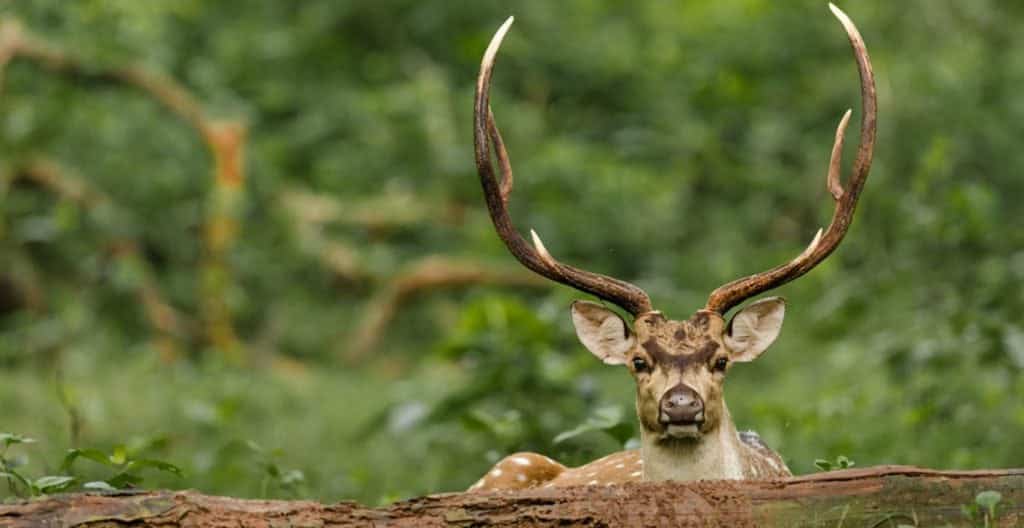Many land buyers are avid recreational hunters interested in creating their own game parks, while some enjoy exotic animals on their ranch simply for their beauty. In discussing this subject in depth, Lands of America hopes to provide the basic information as well as links to well-established resources on the subject. Today, we’ll be answering four questions about exotic animals:
What makes an animal “exotic”?
While legal definitions vary from state to state (as seen here in a lengthy description of each state’s laws regarding exotic animals), these animals are generally classified as any animal that is a non-indigenous, non-native species which has arrived in an area due to human interaction.
In some cases, however, the line between an exotic and a native animal can be muddied if the animals are not kept from spreading and reproducing outside of an intended region. One such case of this is the feral hog, which was once an exotic imported and used in “free-range” farming and sport hunting. Their population in just Texas alone is now thought to be over two million and growing, costing millions of dollars annually.
What types of exotics are most prevalent in the United States?
Most of the common exotic mammals imported and kept on ranches are from three major scientific families: Cervidae (deer), Bovidae (cattle and antelope) and Equidae (horses and zebras).
The most common animal imported is the Axis deer. These deer are native to India and Ceylon, stand about 36 inches high, and weigh up to 200 pounds. They must be kept on a property that is surrounded by a game fence which is 8 feet tall and made of field-type fencing. This keeps the deer from being able to jump over the fence and escape.
Axis deer populations are closely followed by the nilgai antelope, blackbuck antelope, aoudad sheep, fallow deer, and sika deer.
How do land owners buy exotic animals?
Farms: These farms specialize in one or many of the above species. You can drive the property and see the different types of animals to choose from. These exotic farmers will generally transport these animals to your property and release them in the areas you intend to keep the animals. At times there may be an additional fee for transportation expenses which usually is $2-3 per mile.
Trappers: These guys have many different ranches that they trap exotics on. They have relationships with the ranch owners and are called when there are animals the owners need to sell and/or remove from overcrowding. The trappers have many different trapping methods which include netting, darting, and trapping. These methods are used on foot, from vehicles, and even out of the air from helicopters.
Auctions: There are multiple auction houses that, just like cattle, move exotic animals through and buyers bid on what they’re interested in. The high bidders pay for the animals. They are then loaded onto a trailer to be released on a property.
What do exotic animals typically cost?
The prices of many exotics fluctuates greatly due to many different factors. These factors can include pasture condition, weather, time of year, size of animal’s horns, economy, and much more. They are generally priced per animal, and can range from a few hundred dollars for certain females that are in high supply to thousands of dollars for mature males and more rare species.
Why do land owners buy exotic animals?
There are plenty of advantages to buying exotic animals for a ranch property. The most popular reasons are economic, as there are numerous income-producing ventures involving exotics. Many people raise smaller groups than the large farms to sell at auction, paying off their original investment quickly and continuing in order to make a profit. Other ranches may be set up to produce income by offering “exotic hunts” on their property and charging for lodging, guiding, and harvesting animals.
Other ranch owners simply enjoy a wider array of wildlife on their property. It is a truly amazing thing to consider seeing animals from around the world living on your own private land.
One interesting result of these exotic animals being brought to different states from all over the world, is that there are now many animals that have high populations here, but in there home countries that are endangered or even extinct. Ranches in the United States have even taken some animals back to their native countries to try to reestablish their populations there.

